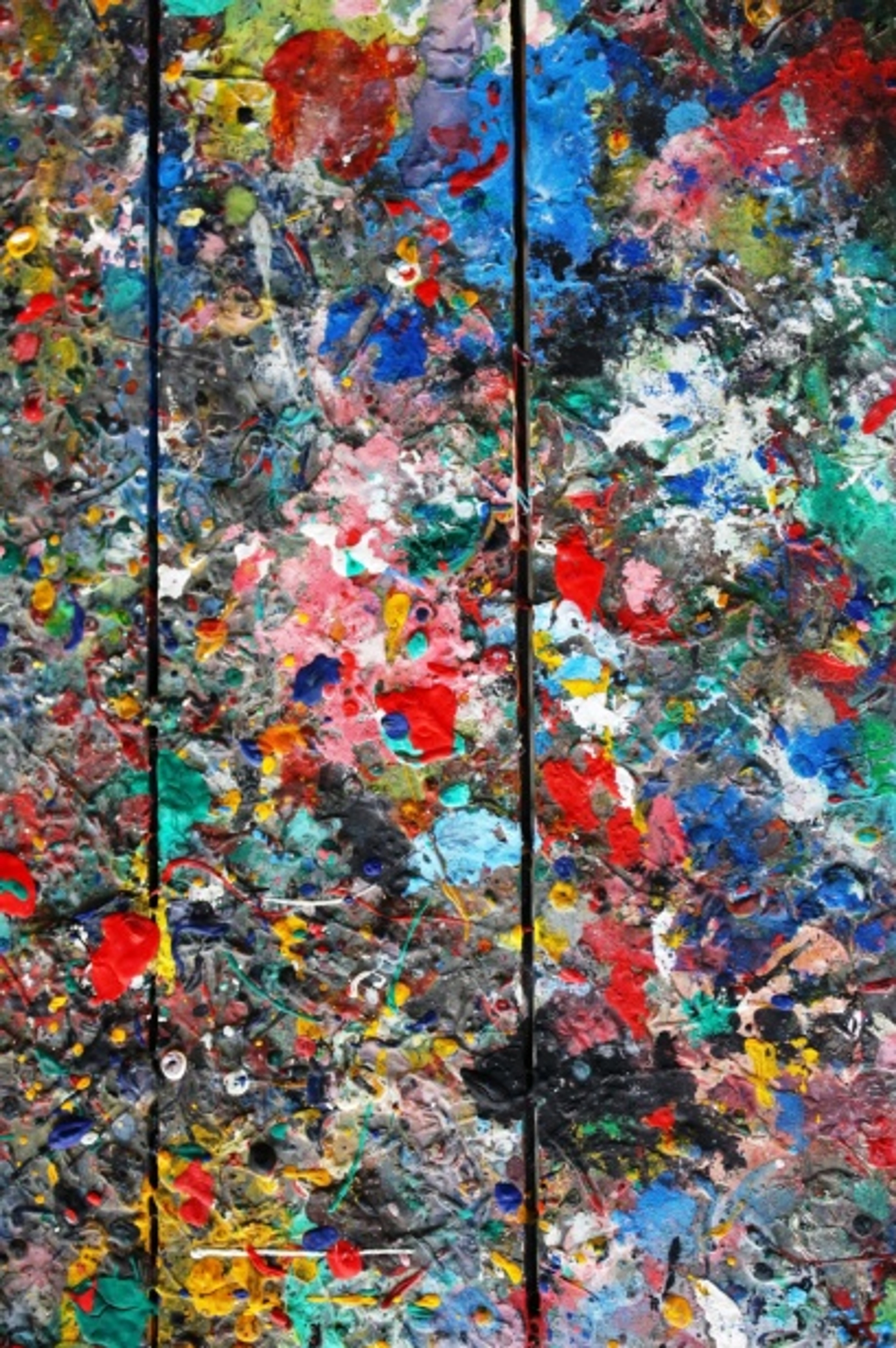
National Gallery London: An Artist's Guide to Art Immersion
Navigate London's National Gallery with an artist's personal guide. Discover hidden gems, iconic masterpieces, and how centuries of art inspire contemporary abstract painting. Essential tips for a truly connected visit.
The National Gallery, London: Finding Your Artistic Pulse in a Labyrinth of Masterpieces
I still remember my first time walking into a really grand museum – the hushed echoes, the sheer scale, the feeling of being dropped into a magnificent labyrinth of masterpieces. Honestly, it was a little overwhelming, almost paralyzing. The National Gallery in London? Oh, it’s absolutely one of those places, the kind that makes you feel both incredibly small and profoundly inspired – and trust me, that's high praise. This isn't just another list of famous paintings to tick off; it's an artist's personal guide to helping you, a first-timer, navigate this incredible institution, soak in its atmosphere, and truly connect with the art, all without feeling utterly lost. It's about finding your unique rhythm in a place designed to make you lose yourself, beautifully, even when your inner critic is screaming at the sheer mastery on display. We'll dive into its rich history, practical tips for a rewarding visit, and how centuries of artistic dialogue continue to inspire contemporary creation.
Why the National Gallery Matters (Beyond the Canvas)
What I truly love about the National Gallery, beyond the breathtaking breadth of human creativity it holds, is its unapologetic freeness. This isn’t merely a convenient perk; it’s woven into its very soul, a radical act in itself. Established in 1824, born from the progressive spirit of the Enlightenment, its founding mirrored a broader European movement towards public cultural institutions, transforming art from private treasures into shared heritage. It was never meant to be a private vault for an elite few. Instead, it was envisioned as a generous gift to the nation, championing public education and cultural access. Figures like Sir George Beaumont, a painter and art collector, weren't just patrons; their fervent advocacy and personal bequests formed the very nucleus of the collection, setting a precedent for accessibility that feels incredibly modern even today. Imagine, a place where profound beauty and centuries of human expression are offered freely, without a gatekeeper. It’s a powerful statement about art’s universal value, and as an artist, this democratic spirit genuinely inspires me. It's a constant, grounding reminder that art, at its purest, is a conversation, a shared human experience. This belief fuels my own practice, encouraging me to push boundaries in my abstract compositions and ensuring my work, too, strives to be part of a dialogue accessible to many, rather than a select few. It truly emboldens me to create and share, knowing art thrives when it’s seen, discussed, and felt by everyone.
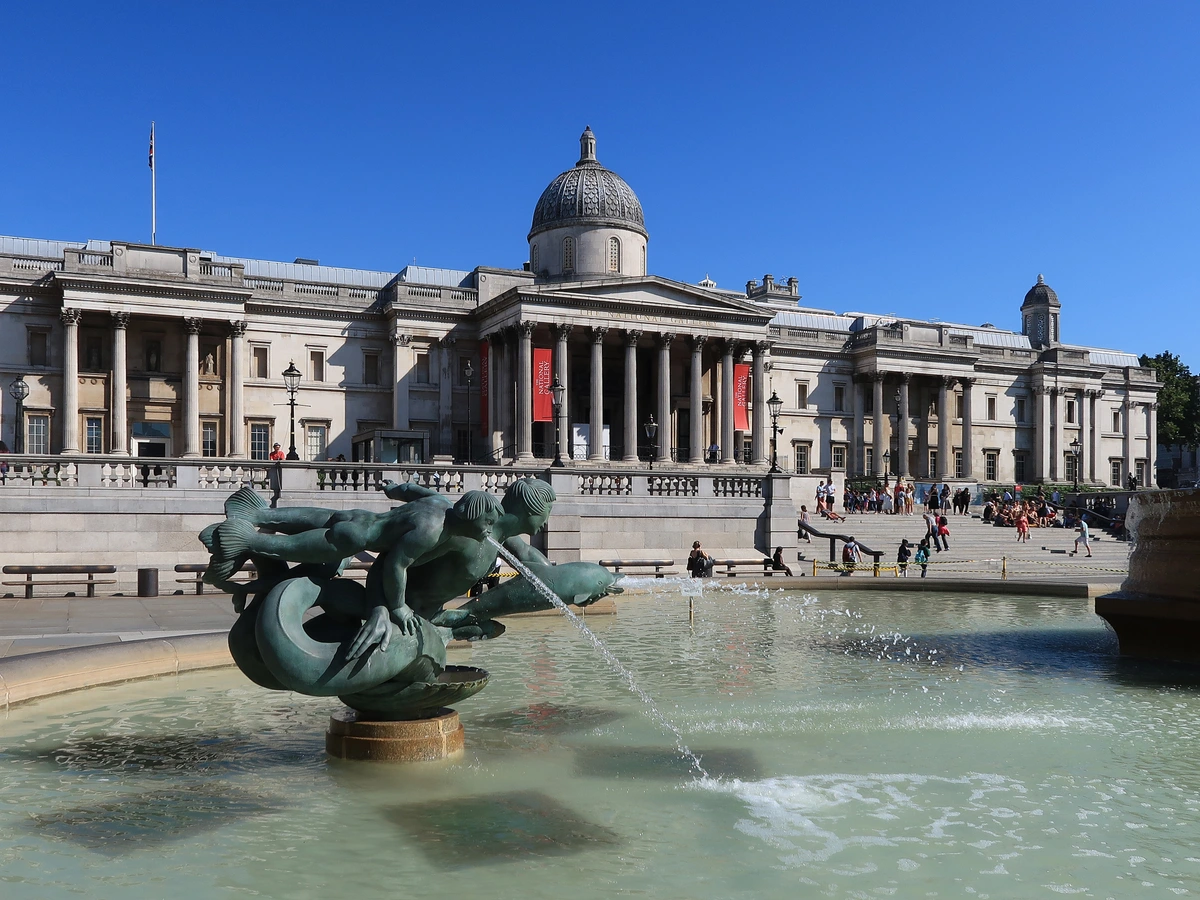
https://commons.wikimedia.org/wiki/File:The_National_Gallery,_London,_UK.jpg, https://creativecommons.org/licenses/by-sa/4.0/deed.en
Navigating Your First Visit: My Unconventional Tips for Art Immersion
So, you've heard the whispers of history, felt the democratic spirit, and now you're standing at the threshold of this magnificent space. The real challenge, and the true joy, lies in how you actually experience it without succumbing to the dreaded 'art fatigue' – that overwhelming blur where every masterpiece starts to look the same. Trust me, I've been there, attempting to conquer Rome's major museums in a single day only to find the Sistine Chapel ceiling blurred into a vaguely colourful headache. It's a fool's errand that only leads to exhaustion. My personal rule of thumb, one I've learned the hard way? Don't try to see everything. Seriously, your feet will thank you, and your brain won't overload. Think of it like a grand buffet: you can't possibly eat it all, so pick your favorites and truly savor them. I usually have a vague idea of one or two artists or periods I'm keen on seeing, and then I just let myself wander. Sometimes the best discoveries are made when you're not even looking for them, you know?
To help you embrace this 'art immersion' approach, here are a few pointers I've picked up over the years for a truly rewarding first visit:
- Go with a Loose Plan, Not a Rigid Itinerary: The Gallery is broadly arranged chronologically, which can be helpful for understanding the progression of art history, but don't feel beholden to it. Grab one of their free maps to get your bearings, but then let your interests guide you. If you're passionate about, say, the Renaissance (that incredible period of rebirth for classical learning and art in 14th-17th century Europe), head straight to the Italian rooms. Or if the vibrant colours of Impressionism (think blurry edges, visible brushstrokes, and capturing fleeting moments of light and atmosphere from the late 19th century) call to you, make a beeline for those galleries. Want to explore something entirely different? Maybe delve into Cubism (early 20th-century avant-garde art, breaking subjects into geometric forms from multiple perspectives) if that's what catches your eye.
- Embrace the Building Itself: Once you're inside, take a deep breath and look around. Beyond the art, the architecture itself is a masterpiece, designed to inspire reverence. The majestic Neoclassical facade, the airy Central Hall, the subtle interplay of natural light filtering through enormous skylights and the rich, often jewel-toned walls – it all contributes to an atmosphere of quiet grandeur. I find letting this environment prepare me for the beauty to come, rather than rushing straight to the art, truly enhances the experience. The way a shaft of light illuminates a particular archway, or the quiet reverberation of footsteps on stone, often sparks initial compositional ideas in my mind even before I reach the canvases.
- Give Yourself Permission to Pause: Art can be stimulating, but also emotionally demanding. It's not about how many paintings you tick off a list; it’s about the quality of the experience. Sit on a bench, observe other visitors and their reactions, or even just stare out a window for a bit. My best museum visits are always the ones where I feel like I've had a quiet conversation with the art, not just sprinted past it.
- Consider the Timing: If you want to avoid the biggest crowds, visiting on a weekday morning or late afternoon can offer a more tranquil experience. Weekends are always busier, but still enjoyable if you manage expectations.
- Avoid the 'Must-See' Pressure: Resist the urge to rush from one famous piece to the next just because a guide book says you 'must.' This often leads to skimming rather than truly seeing. Instead, focus on genuine connection with the art that calls to you, even if it’s a lesser-known work.
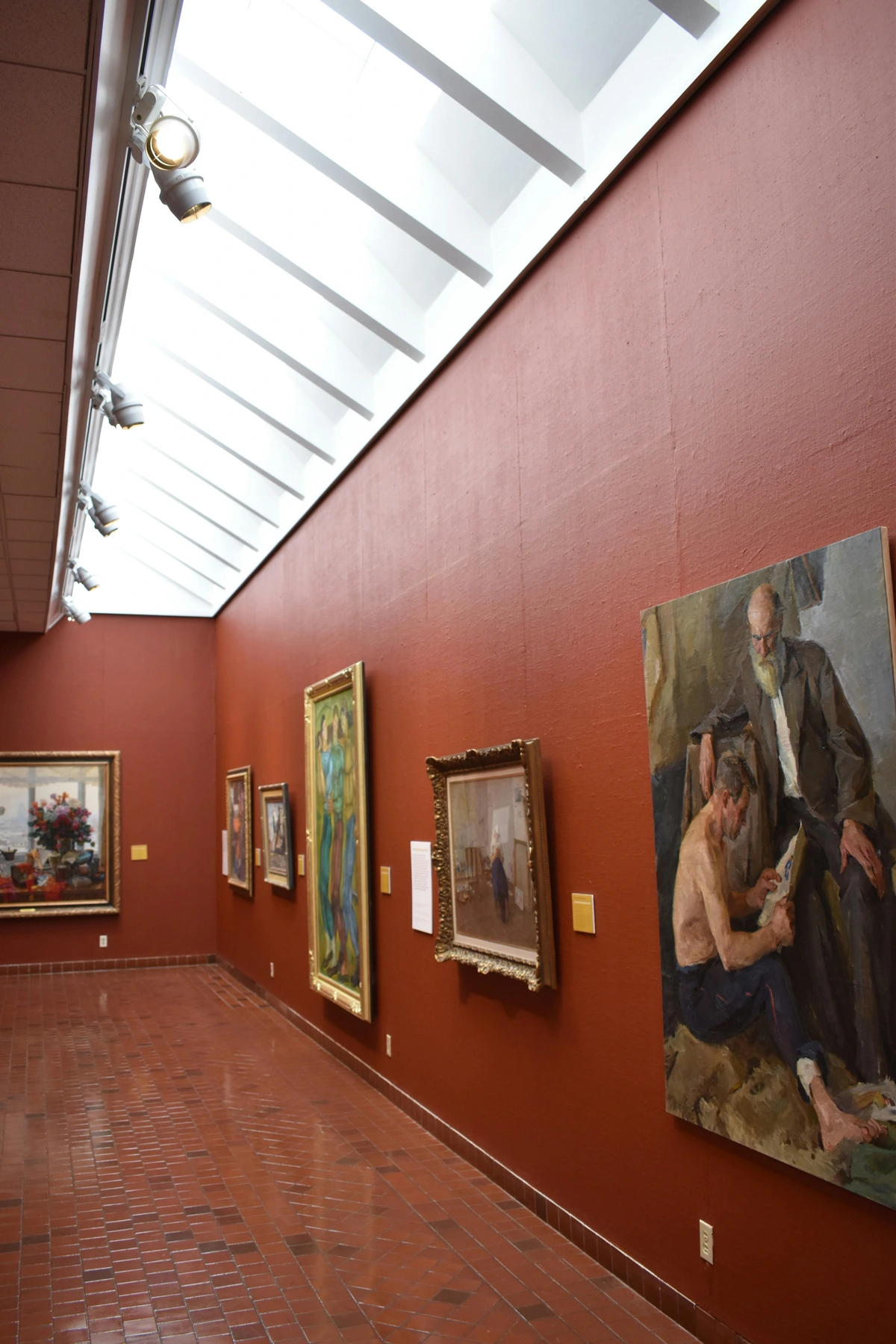
https://www.pexels.com/photo/photo-of-a-room-full-of-paintings-in-an-art-gallery-14595876/, https://creativecommons.org/public-domain/cc0/
The Stars of the Collection: More Than Just Famous Faces
With a mindful approach to navigating the space, you're now ready to encounter some of the Gallery's most celebrated masterpieces, but remember, these are just starting points for your own discovery. Once you've settled into your rhythm, you'll naturally be drawn to some of the Gallery's most iconic masterpieces – pieces that have captivated viewers for generations, and for good reason.
Of course, when you visit, you'll find the undisputed stars that draw millions: Van Gogh's Sunflowers, Jan van Eyck's Arnolfini Portrait, and Botticelli's Venus and Mars. Seeing these iconic pieces in person is just... something else. The scale, the texture, the sheer historical weight – it’s often profoundly different from a printed reproduction.
Take Jan van Eyck’s Arnolfini Portrait, for instance. It’s not merely a wedding portrait; it’s a masterclass in symbolism, where every mundane object is imbued with profound meaning. The single candle lit during daylight hours hints at Christ's presence, the discarded shoes represent sacred ground, and the little dog at their feet? Pure fidelity. But my favorite detail is the convex mirror on the back wall, which reflects the entire room, including two tiny figures – possibly the artist himself and another witness. And if you lean in close, you can see 'Johannes de eyck fuit hic 1434' (Jan van Eyck was here 1434) inscribed above it, acting almost like an artistic signature and a legal witness statement. It’s one of the earliest examples of oil painting, a testament to Van Eyck's incredible ability to capture minute details and shimmering light with breathtaking realism. I often find myself just staring, absorbing the texture, the scale, the sheer audacity of creation, and pondering the centuries of history and the millions of people who have stood where I stand. The meticulous rendering of fabric, the glint in the mirror – these aren't just details; they're a window into a master's understanding of light and form, lessons I revisit constantly in my own studio, even when working in abstraction. This deep dive into symbolism in art is a timeless study.
Then there's John Constable's magnificent The Hay Wain. It's a cornerstone of British landscape painting, portraying a quintessential English summer scene. But trust me, it’s more than just a pretty picture. Constable’s revolutionary approach involved sketching en plein air – that’s French for 'outdoors,' directly from nature, meticulously observing the fleeting effects of light, weather, and atmosphere. He then returned to his studio to create these monumental canvases, infusing them with the immediacy of his outdoor studies. This dedication to capturing lived experience changed art forever. It feels so alive, so real, you can almost smell the freshly cut hay and feel the humidity in the air. As an artist, I often wonder what it felt like to be so utterly dedicated to capturing a moment, to truly see the landscape in such a groundbreaking way. It’s this fearless pursuit of capturing natural phenomena that still deeply resonates with my own exploration of light and color in abstract art.
And speaking of groundbreaking artists, another personal pilgrimage for me is often to the later rooms, especially to marvel at J.M.W. Turner. His seascapes, like The Fighting Temeraire, are not just depictions of naval history; they’re tumultuous symphonies of light, colour, and atmosphere. What strikes me, as an artist, is his audacious application of paint, almost dissolving form into pure energy. He was truly painting the experience of light, the raw power of the elements, long before Impressionism was even a whisper. It's a reminder that sometimes, the most profound statements in art come from pushing beyond representation into sensation. My personal favourite, however, remains a quiet hour spent mesmerized by a single Rembrandt portrait on one visit, completely ignoring the rooms full of other incredible works nearby. And I felt zero guilt about it. It's about your connection, not a checklist. Though, I admit, the temptation to capture that perfect Instagram moment with The Fighting Temeraire as a backdrop is hard to resist! These legendary works often make me reflect on the broader history of abstract art, seeing how artists continually pushed boundaries long before abstraction became a movement.
Beyond the Blockbusters: Unearthing Your Own Treasures
But what if the most profound discoveries lie just off the beaten path, away from the throngs surrounding the superstars? The National Gallery’s collection has evolved significantly since its inception, shaped by astute acquisitions, generous public donations, and private bequests. This dynamic growth ensures its continued relevance and ever-expanding narrative of Western European art, which remains the primary focus of its collection. While traditionally focused on this rich European heritage, the gallery continues to broaden its scope through thoughtful new additions, ensuring a continually evolving dialogue. While the 'stars' are essential, I always encourage visitors to also seek out what speaks to them personally, even if it's not on the main visitor map. For me, these are often the 'hidden gems.'
You might stumble upon the profound stillness of a Dutch Golden Age masterpiece, perhaps a quiet Willem Kalf still life where every texture, from the glint on a silver goblet to the velvet of a drape, is rendered with meticulous chiaroscuro – that dramatic interplay of light and shadow that creates such depth and volume, a technique I often study when contemplating form in abstract art. I remember discovering a small painting by Pieter de Hooch – just a woman and a child in a sunlit courtyard – and being utterly captivated by the way he manipulated light and perspective to create such a sense of intimate domesticity. It wasn't 'famous,' but that quiet observation completely shifted how I thought about layering light in my own abstract compositions for weeks. Or perhaps you'll find the intense emotional charge of a lesser-known Expressionist portrait, challenging perceptions with bold strokes and intense color. Keep an eye out for exquisite details in lesser-known Dutch masters like Gerard ter Borch or the compelling narratives in 15th-century Italian altarpieces, which offer a masterclass in composition and storytelling. These unexpected encounters are often the most memorable, offering a unique layer of discovery that makes every return visit feel fresh. It’s truly fascinating to see how these grand traditions subtly inform and inspire contemporary artistic trends. The way an Old Master uses light can spark ideas for a modern abstract painter exploring texture or movement, or how a Renaissance composition still resonates in a contemporary digital piece. It's all connected, a continuous dialogue across centuries, shaping the evolution of abstract art even today.
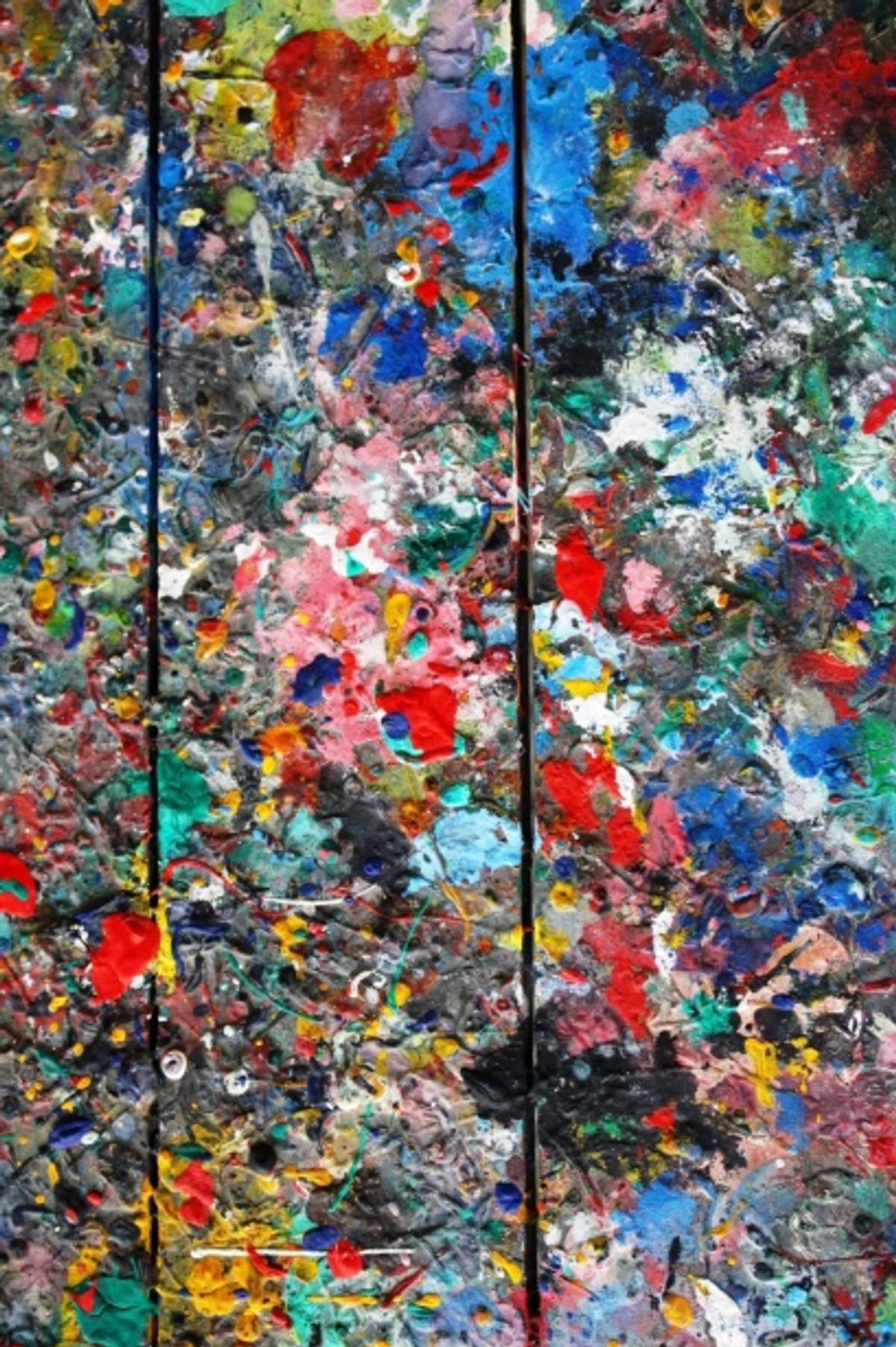
https://www.publicdomainpictures.net/pictures/250000/nahled/messy-colorful-artists-palette.jpg, https://creativecommons.org/publicdomain/zero/1.0/
Practicalities for Reflection: Extending the Experience
As your internal journey through centuries of art draws to a close, the physical space offers its own treasures. There are cafés in the Gallery, perfect for a coffee and a moment to let everything sink in, to discuss what you've seen, or simply to rest your feet. I find these debriefing moments almost as important as the viewing itself.
Before you leave, the gift shop is, naturally, a treasure trove. I rarely resist a good art book or a quirky print. It's a lovely way to extend the feeling of inspiration, to bring a little piece of that creative energy home with you.
From Inspiration to Creation: My Artistic Dialogue
If the National Gallery experience ignites a similar passion in you – that almost visceral desire to create or to surround yourself with art that resonates – then you’ve truly found your rhythm. For me, seeing the sheer audacity of Turner’s brushstrokes – how he captured the raw energy of the elements – often sends me straight back to my studio, bursting with new ideas for dynamic compositions and experimental color mixing. It's not just inspiration; it's a re-calibration of my artistic compass. His freedom with paint encourages me to be bolder with my own abstract gestures, to trust the emotional impact of color over strict form. And Rembrandt's mastery of light and shadow, that profound chiaroscuro, reminds me of the power of contrast and depth, even in a non-representational piece, influencing how I build texture and form in my own abstract paintings. It's a continuous, exhilarating loop between absorbing history and pushing my own boundaries, always seeking to translate that historical resonance into a contemporary visual language. This journey, from observation to creation, is a core part of my creative process.
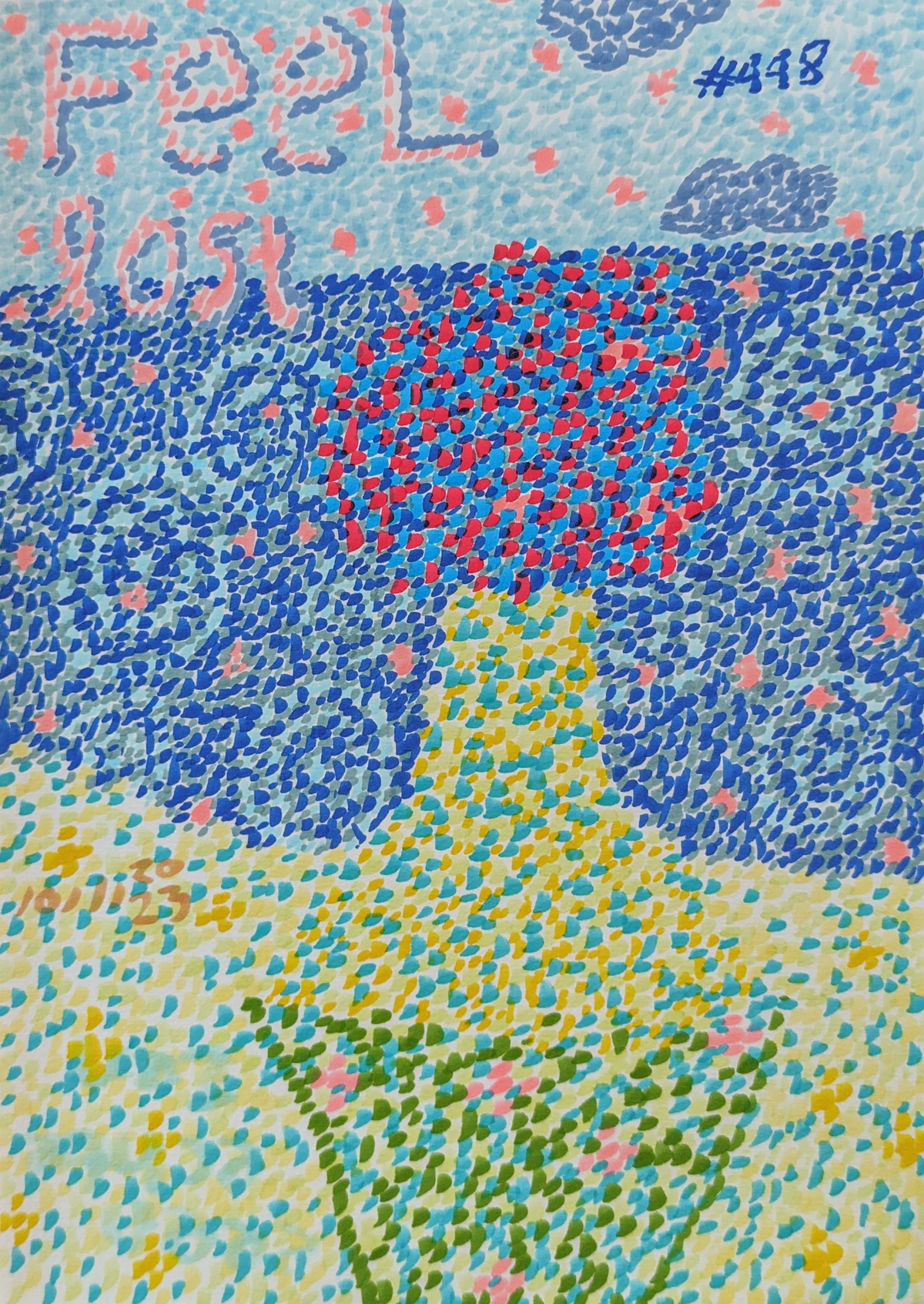
https://images.zenmuseum.com/art/448/picture.jpg, https://images.zenmuseum.com/art/448/picture.jpg
If you're curious to see how these grand traditions inform my own contemporary, often abstract, creations, you might find something interesting amongst my art for sale. And for a glimpse into the journey of an artist trying to make sense of all this, my artist timeline or even a visit to my museum in 's-Hertogenbosch if you're ever in the Netherlands, offers a deeper look into where this inspiration leads.
FAQ: Your National Gallery First Visit Queries Answered
To help streamline your planning and ensure a seamless visit, here are some common questions I hear about visiting the National Gallery, with my two cents and some practical advice:
Question |
|---|
| Opening Hours? |
| Daily 10 am - 6 pm; Fridays until 9 pm. Always check their official website for updates. |
| Book Tickets? |
| General admission is free, no booking needed. Special exhibitions do require pre-booked, paid tickets. Check their official website for details. |
| How Long to Spend? |
| Totally up to your 'art endurance'! 2-3 hours for highlights, half a day for deeper dives. Don't try to see everything – that's a recipe for fatigue! |
| Guided Tours/Cloakroom? |
| Yes, free/paid tours and excellent audio guides available. Benches are plentiful. Cloakroom facilities for coats/bags (expect queues at peak times). |
| Photography? |
| Generally allowed without flash for personal, non-commercial use in the permanent collection. Always look for signage, especially in temporary exhibitions. |
| Accessibility? |
| Very accessible with lifts, accessible toilets, and wheelchairs for loan. They've made a real effort to be welcoming to all visitors. |
| Food & Drink? |
| Several cafés inside for coffee/snacks, plus a restaurant. Plenty of affordable options around Trafalgar Square. No outside food/drink in galleries. |
| Wi-Fi? |
| Free Wi-Fi available! Handy for checking maps, looking up painting details, or even sharing a quick moment of inspiration. |
| Bag Policy? |
| Small bags are generally fine. Larger bags (e.g., backpacks, suitcases) may need to be checked into the cloakroom. Best to pack light if possible. |
| Sketching/Notes? |
| Absolutely! Pencils and sketchpads are generally welcome in the permanent collection. Just no messy materials (charcoal, pastels, paint) or easels. Be mindful of other visitors and don't block pathways. It’s an invaluable way to deepen your engagement with the art, capturing details or compositions that resonate. |
So, there you have it. My rambling thoughts on tackling the magnificent National Gallery for the first time. It’s a place that asks for your time and your attention, but it gives back so much more. May your own encounters with art, both in grand galleries and the vibrant pieces that speak to you personally, be as enriching and unexpected as mine. Go, explore, get lost (a little), find something that truly speaks to you, and don't forget to look up at the ceilings once in a while. Happy art viewing, and may your artistic perspective continue to evolve and inspire your own creative journey with every visit. Remember, the greatest masterpieces aren't just seen; they're felt, and they transform us long after we've left their hallowed halls.




